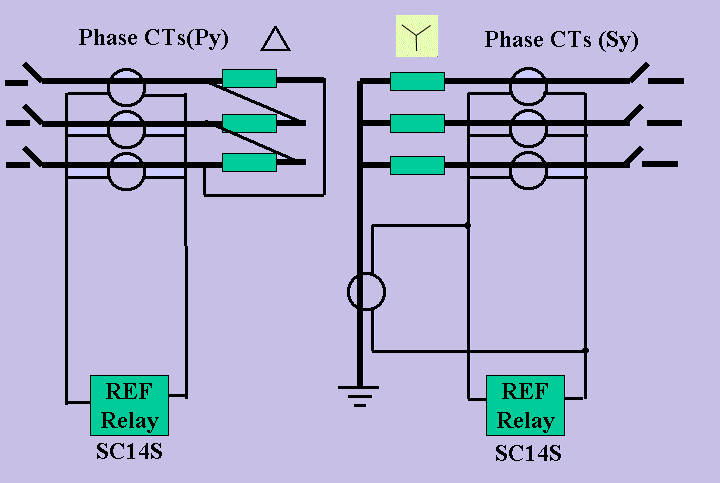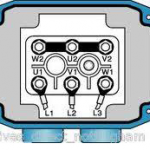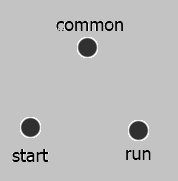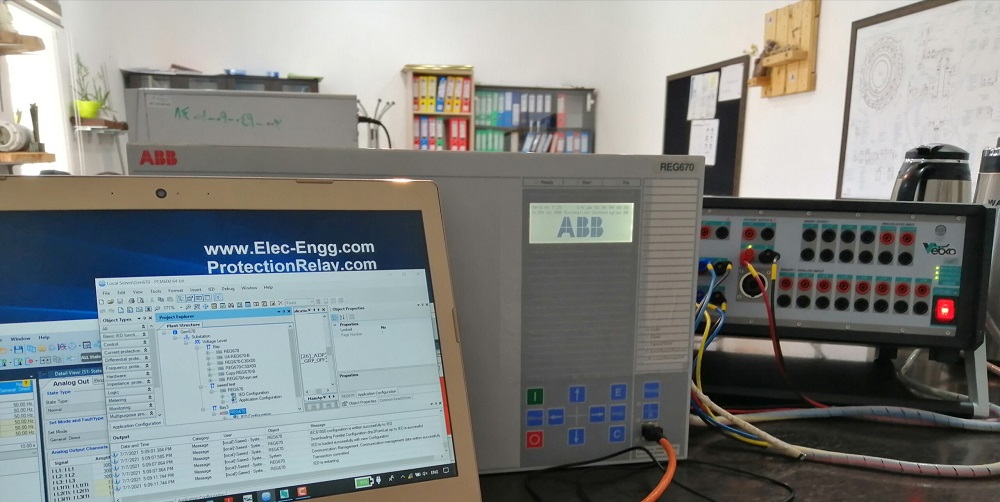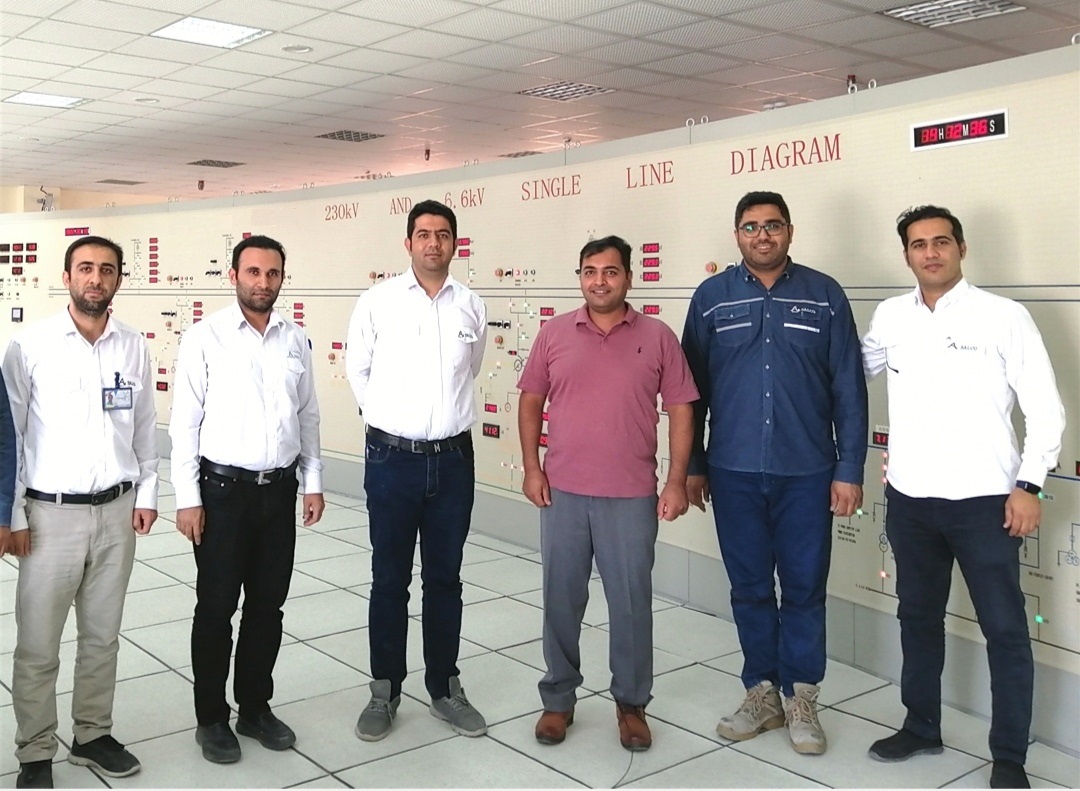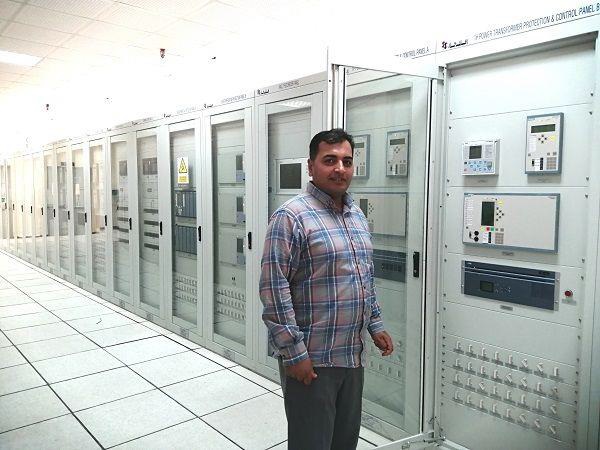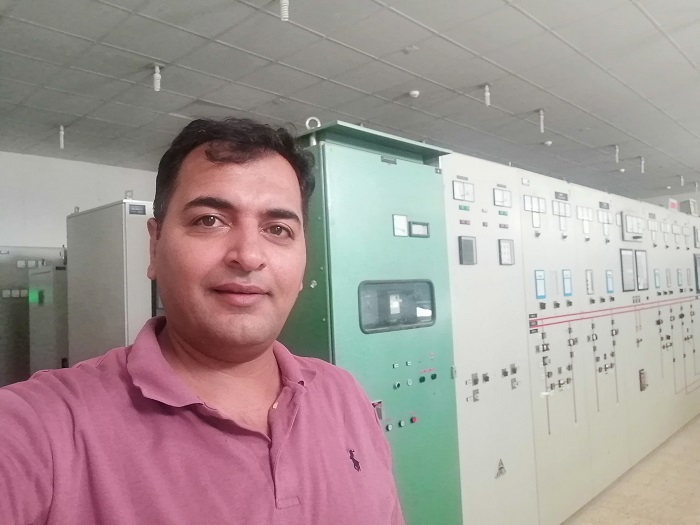Transformers and Generators are classified as voltage sources. They are mainly, protected by an overcurrent + earth fault relay usually installed in the breaker panel. It should be noted that this protection is not enough alone.
When an earth fault occurs within the A zone in the following figure (Internal fault), or within the machine, the fault current will circulate within the zone or the machine. The fault current will not flow through the CTs connected to the O/C +E/F relays near the breaker. This will cause a no-trip situation when there is a fault in zone A.
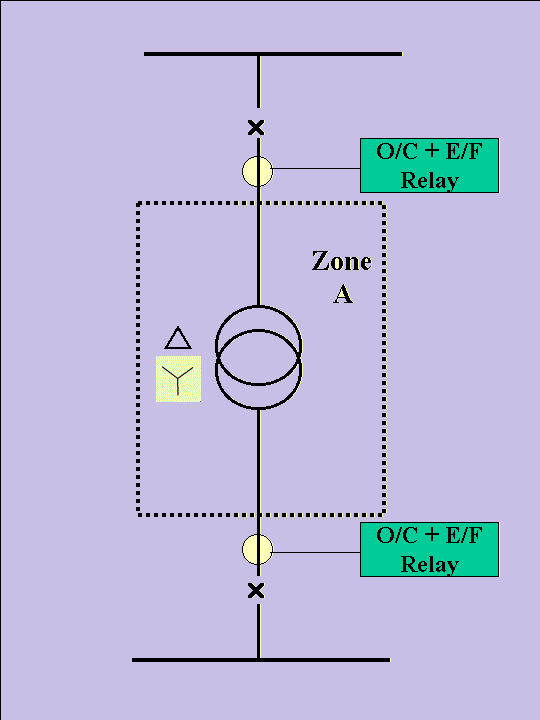
Consequently, to detect internal earth faults a separate scheme is necessary. This scheme is called Restricted Earth Fault (REF). It should be noted that the fault currents in Zone A are limited by the impedance of the equipment in the zone – for transformers and generators it is very low – the fault currents can rise very fast and damage the equipment. So, REF protection is of utmost importance for generators and transformers.
Reason to call it Restricted E/F?
The Restricted name is derived since the objective of the protection is to detect the earth fault restricted to the specific zone, and it’s starting from the breaker to the machine terminals. In the case of a generator, the machine terminal is the neutral point. In the case of a transformer, the machine terminal becomes the star point of either the primary or secondary winding or both. In the case of delta winding, it is the winding itself.
Way to detect internal earth faults?
It is well established that the sum of currents at the beginning of zone A should be equal to the sum of currents exiting the zone. Two sets of CTs are used to derive the sum of currents at the inlet and exit. A fault in the zone will result in a difference in current.
An overcurrent relay is for measuring the difference in the sum of these currents. Fig. 2 shows a typical REF scheme is shown. The REF relay is connected between P & S. It will pick up if there is enough voltage across P-S to drive the pickup current through the relay.
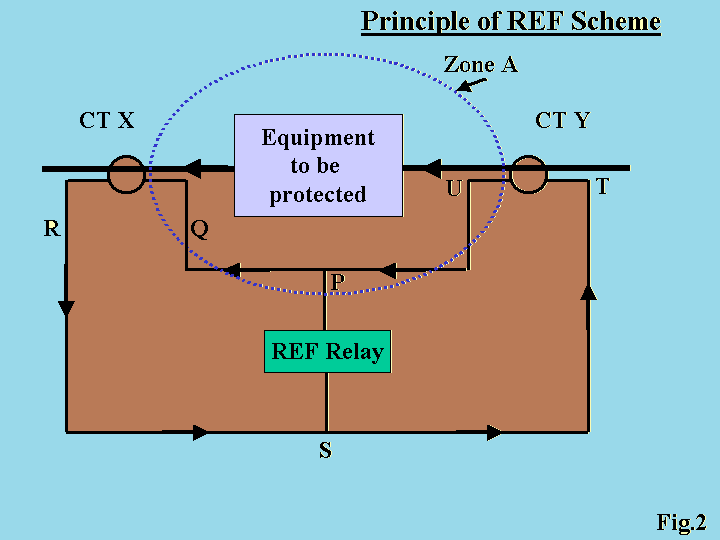
There are two current sources in the CT secondary circuit PQRSTU:
- the current produced by CT X (loop RSPQ)
- the current produced by CT Y (loop UPST)
A vectorial sum of the currents for these two CTs will be equal and opposite in the branch P-S (ie), and the resultant current in the branch PS will be zero under normal conditions. In this situation, the currents of CT X and CT Y will circulate in the loop PQRSTU. The voltage across P-S will be zero.
In case that an earth fault within zone A, the currents of X & Y CTs will not be equal, small difference in current will flow in the branch P-S. This current will result in a voltage across P-S – since the current flows through the relay impedance. If this voltage is suited to operate the relay, the relay will pick up – thus detecting a fault within the zone.
What if a fault occurs outside the zone?
For a fault outside the zone, the currents through CTs X & Y will be the same the resultant current through P-S will still be zero and the relay will not pick up. In this case, the fault has to be cleared by another O/C + E/F relay connected near the breaker.
The reason for needing a Stabilizing resistor required in the REF scheme?
It is mentioned in sections 3 & 4 that the REF relay will detect a fault within a zone restricted between two CTs and it will not detect a fault outside the zone defined by the CTs. This is true, only for ideal conditions- where the two CTs are entirely matched. Following mismatches will occur under practical situations in the field:
- the CT secondary impedances may not be equal
- the lead wires connecting the CT secondaries to the relay may not have equal resistance
- the CTs may have different ratio errors and phase angle errors – due to this, the secondary currents will not be equal even if the primary currents are the same
- the CTs may have different saturation characteristics – this will cause a small difference in the secondary currents for the same primary current
The cumulative effect of all the above can make the relay trip even when there is a full load current flowing in the primaries – through the primary side currents are the same, the secondary side currents need not be the same – a voltage sufficient to trip the REF relay may develop across P-S and hence the relay will trip.
To make the relay insensitive to this voltage produced by CT mismatch, a resistor is added in series with the relay. Once this resistor is added, the relay will need a voltage that is higher than the voltage produced by the CT mismatch. This resistor is called a stabilizing resistor – this is an important component in the REF scheme –since this ensures stability in the scheme by avoiding spurious tripping.
knee point voltage
It should be noted that the actual input circuit to the trip mechanism (consisting of the relay + stabilizing resistor) has become a high impedance circuit. If the relay has to trip, the CT secondaries should produce sufficiently high enough voltage to activate the relay, after allowing for the drop across the stabilizing resistor.
To ensure the CTs produce enough voltage, an additional specification the Knee point voltage – is included for the CTs used for REF protection.
Knee point voltage (KPV)is defined as the point on the magnetizing curve (of the material used for the CT core) where the core will need a 50% increase in the magnetizing force (ampere-turns) to cause a 10% increase in the flux density. (voltage build-up across secondary). In effect, KPV defines the end of the linear portion of the BH curve. The higher the KPV, the larger the linear zone and the better will be secondary output for higher fault currents. The higher the KPV, the better the chances of a high-impedance relay trip.
Way of calculating the value of the stabilizing resistor and KPV?
The value of the stabilizing resistor and KPV will depend on the following parameters which are unique to a given feeder:
- The impedance of the CT secondaries
- Lead wire resistance between the CT secondaries and the REF relay
- The impedance of the REF relay – this can vary concerning pick upsetting. We have to consider the relay impedance at the pickup setting being contemplated for the feeder.
- The maximum fault current which can occur on the CT secondary side CTmmmm should not saturate under these maximum fault conditions. If the CT saturates, it will offer an alternate path for the resultant current and the REF relay may not trip.
What are L&T solutions for REF protections?
L&T manufactures a high impedance Overcurrent relay which is ideally suited for the REF protection of generators and transformers. Typical schemes are shown in figure 3 and figure 4.
L&T offers a unique feature in the REF relay SC14S – in addition to the instantaneous trip, the user can select a definite time delay of either 100 milliseconds or 200 milliseconds. In the case of small transformers & generators ( up to 5 MVA), the feeder trips during breaker closing. This mainly is due to the large inrush current causing a momentary difference in CT secondary currents due to a mismatch in saturation characteristics. A 100-millisecond time delay will help in this case.
Figure 3 shows a typical scheme for REF protection for generators. The scheme envisages the following;
- 3 nos. phase CTs
- 1 no. neutral CT
- 1 no. Relay SC14S
- 1 no. Stabilizing resistor
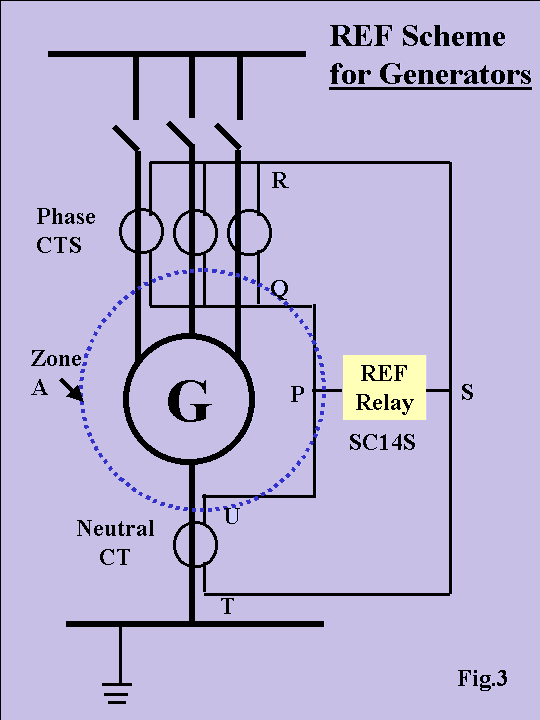
The below figure shows a typical scheme for REF protection for transformers. It should be noted that transformers will need two REF schemes – one on the primary side and the other on the secondary side.
For the transformer’s primary side, which is usually delta connected, the following are envisaged in the REF scheme:
- 3 nos. phase CTs
- 1 no. Relay SC14S
- 1 no. Stabilizing resistor
For the transformer’s secondary side, which is usually star connected, the following are envisaged in the REF scheme:
- 3 nos. phase CTs
- 1 no. neutral CT
- 1 no. Relay SC14S
- 1 no. Stabilizing resistor
